IMPROVE MY GAME
Articles
-
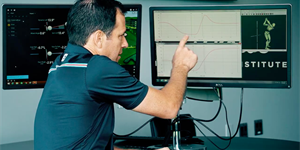
Body-Swing Connection: Adam Scott
By TPI
Dr. Rose and Dave Phillips share how Adam Scott's exceptional physical capabilities helped produce one of the most coveted swings in golf.
More
-
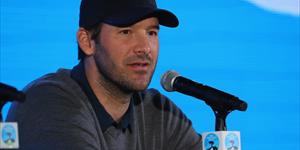
Tony Romo On The Importance Of Managing Health In Golf
By TPI
Thanks to a Jordan Spieth intro, Romo successfully rehabbed his back with Dr. Troy Van Biezen and the team at Chirosport Specialists of Dallas.
More
-
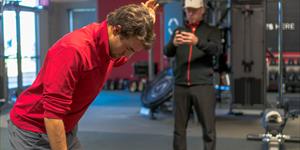
Watch Dave Phillips and Lance Gill Analyze a Pro Golfer's Body-Swing Connection
By TPI
Golfers can play elite golf with obvious movement limitations, but those limitations will often reveal themselves in the golf swing.
More
-

When to Shut it Down?
By Dr. Peter Mackay
The medical and coaching personnel working with professional golfers are often called upon to make judgments with respect to a player being fit to play or to continue to play in a specific event.
More
-

Increase Distance by Changing Your Angle of Attack
By Dave Phillips
A simple setup change can help you hit the ball further.
More
-
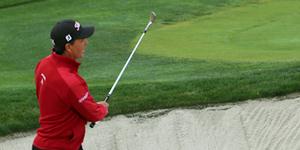
Is Age a Barrier?
By Dave Phillips
Golfers in their 40's are excelling. Lets find out why.
More
-
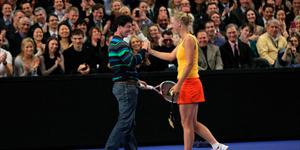
Rory's other sport.
By Dave Phillips
How Tennis helped Rory become the number one golfer in the world.
More
-
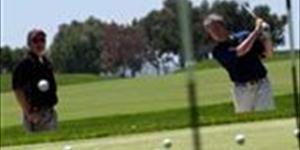
How to Evaluate a Golf Swing - the right way!
By Lance Gill
Here is our philosophy at TPI on how to evaluate a player and determine what areas we should focus on for further development.
More
-

Treating Motor Pattern Dysfunction: Are Your Corrective Exercises Correcting?
By Paul Gozbekian
How do you prepare your body for training, activity and performance? More importantly, how are you dealing with muscle tightness, joint immobility, chronic pain and injury that are limiting your potential in these areas?
More
-

Maximize the Speed You Already Have
By Liam Mucklow
Every player wants to hit it further, but many golfers don't realize that they already have the physical tools to do it.
More
-

We Induce Failure: Therefore, Our Students Succeed
By Dr. Bhrett McCabe
Adapted from Michael Jordan’s quote, “I failed, therefore, I succeeded,” Dr. Bhrett McCabe discusses the value of incorporating failure drills in your students' practice.
More
-

How Movement Capabilities, Injury History and Concept Influenced Swing Mechanics in an Elite Amateur Golfer
By TPI
Our recent assessment with Luis Masaveu, one of the top amateurs in the world, was an example of how movement capabilities, injury history and concept can all influence swing mechanics.
More
-
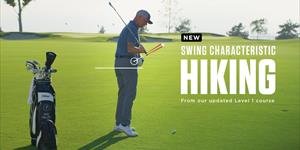
Free Level 1 Preview: Analyzing the New "Hiking" Swing Characteristic
By TPI
Hiking is one of the three new swing characteristics we introduce in our updated Level 1 course. It refers to the excessive lifting of the trail hip at the top of the backswing (or “launching” in transition).
More
-

How Lower Extremity Injuries Impact Ground Utilization and Swing Mechanics
By Adam Halseth
The world of golf is becoming much more aware of the importance of utilizing the ground to maximize efficiency and power in a golf swing. Adam Halseth analyzes how these variables may be impacted by lower extremity injuries and limitations.
More
-

Say the Magic Words: Internal vs External Coaching Cues
By Tim Neumann
TPI Certified trainer Tim Neumann discusses the use of internal and external cues in training and golf instruction
More
-
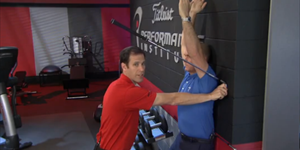
What The Lat Test Means For Your Swing And How to Improve Your Result
By Nick Buchan
A guide to what the lat test is, how it relates to your golf swing and how to improve a poor result.
More
-
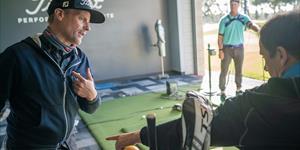
Mark Blackburn is Golf Digest's Top Teacher In America
By TPI
After over two decades at the top of the Golf Digest Best Teachers list, the legendary Butch Harmon is turning over his top spot to our instructor, advisory board member and friend, Mark Blackburn.
More
-
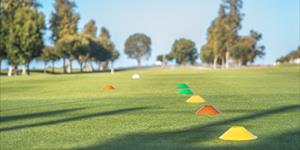
Sprinting vs Jogging: Why Distance Running Won't Help Your Golf Game
By TPI
Golfers are sprinters, not marathon runners.
More
-

Cupping Therapy on the PGA TOUR: Considerations and Concerns
By Marc Wahl
A few reflections and considerations on the cupping demonstrations provided during the 2016 World Golf Fitness Summit.
More
-
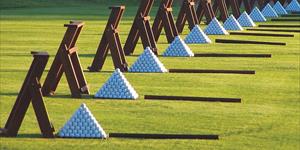
Practice with a Purpose
By Bill O'Neill
How you practice can be just as important as how much you practice.
More